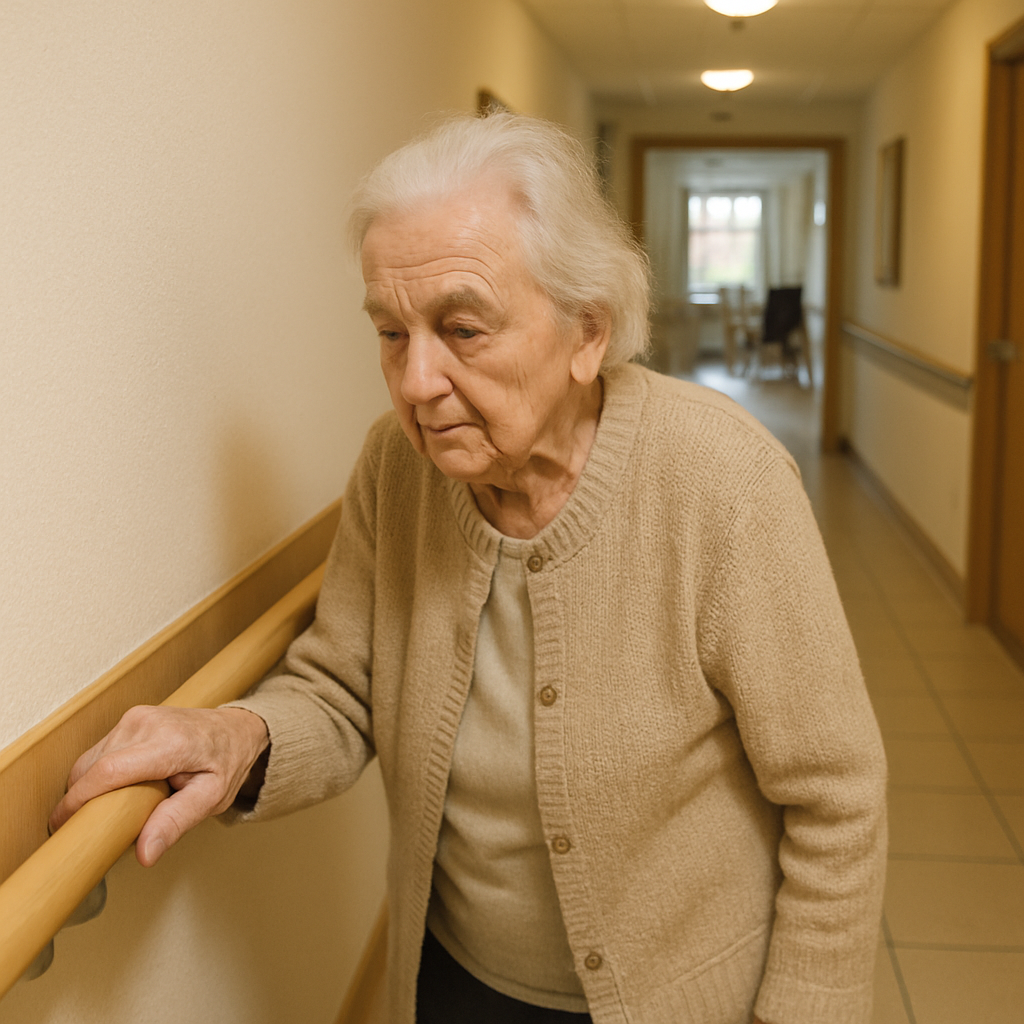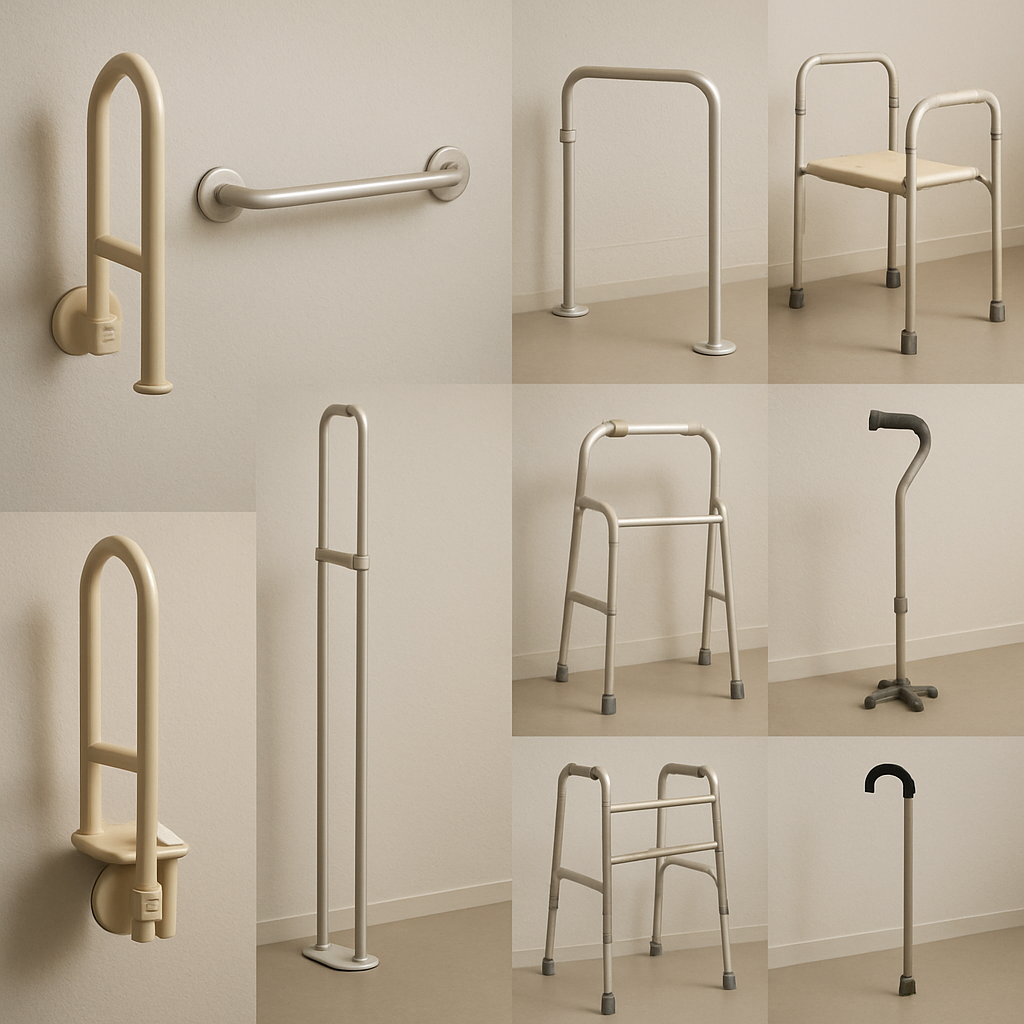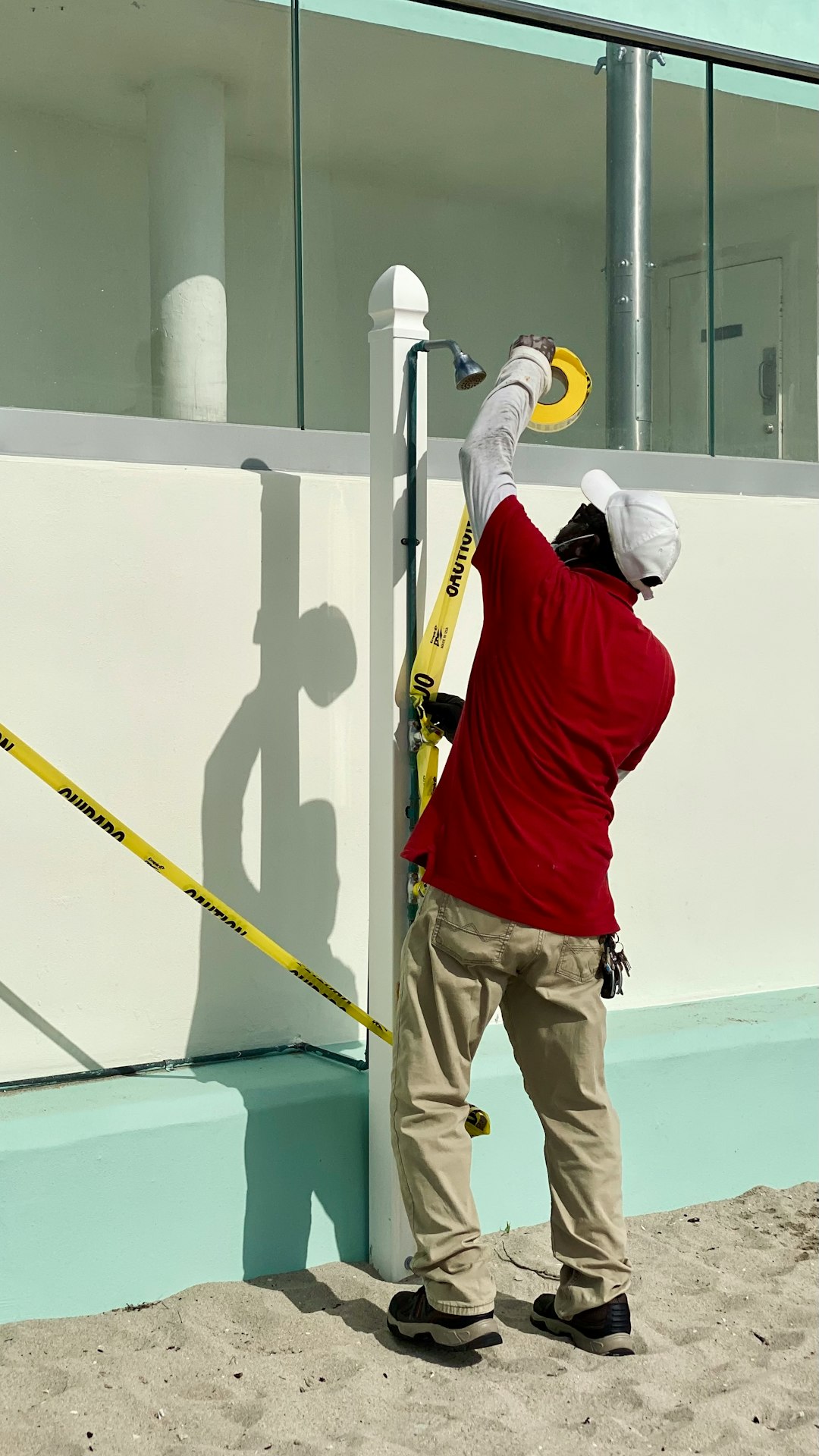 Service Hotline:13510328459
Service Hotline:13510328459
 205-206, 2nd Floor, Building 2, Xiazao Village Industrial Zone, Gaofeng Community, Dalang Street, Longhua District, Shenzhen City
205-206, 2nd Floor, Building 2, Xiazao Village Industrial Zone, Gaofeng Community, Dalang Street, Longhua District, Shenzhen City
 Service Hotline:13510328459
Service Hotline:13510328459
 205-206, 2nd Floor, Building 2, Xiazao Village Industrial Zone, Gaofeng Community, Dalang Street, Longhua District, Shenzhen City
205-206, 2nd Floor, Building 2, Xiazao Village Industrial Zone, Gaofeng Community, Dalang Street, Longhua District, Shenzhen City
Time:2025-09-16 Preview:
In today's world, ensuring the safety and comfort of our elderly loved ones in nursing homes is more important than ever. One essential component of a safe environment in these facilities is the accessibility rail. These rails, also known as safety handrails or mobility aids, play a crucial role in enhancing the mobility and independence of nursing home residents. In this article, we will explore the significance of nursing home accessibility rails, their benefits, and how they contribute to a safer living environment.
Accessibility rails are not just ordinary fixtures; they are vital tools designed to assist individuals with limited mobility. As people age, balance and stability can become significant concerns. Falls are a common and serious risk for the elderly, often leading to injuries that can drastically affect their quality of life. This is where accessibility rails come into play.
Safety handrails are strategically placed in hallways, bathrooms, and other key areas within nursing homes. They provide residents with something sturdy to hold onto, reducing the likelihood of falls and accidents. In bathrooms, for instance, where slippery surfaces can be hazardous, handrails offer the necessary support for residents to move confidently.
Independence is a key factor in maintaining the dignity and self-esteem of nursing home residents. Accessibility rails empower individuals to move about their environment with greater freedom and confidence. With the support of these rails, residents can perform daily activities with reduced assistance from caregivers, fostering a sense of autonomy.

There is a wide range of accessibility rails available to suit different needs and settings in nursing homes. Understanding the various types can help facility managers and caregivers choose the most appropriate options for their residents.
Wall-mounted handrails are commonly installed along corridors and hallways. These rails provide continuous support, allowing residents to walk safely from one area to another. Made from durable materials like stainless steel or aluminum, these handrails are designed to withstand daily use and are easy to clean.
Grab bars are essential in areas like bathrooms, where stability is crucial. These bars can be mounted near toilets, showers, and bathtubs, offering residents a secure grip when transitioning between seated and standing positions. They are available in various lengths and styles to accommodate different spaces and preferences.
Floor-to-ceiling poles are versatile mobility aids that can be installed anywhere in a nursing home. They provide vertical support and can be particularly useful for residents who need assistance with standing or transferring from a wheelchair to a bed. These poles are adjustable and can be positioned to suit individual needs.

Selecting the appropriate accessibility rails involves considering several factors, including the specific needs of residents, the layout of the facility, and budget constraints. Here are some key considerations to keep in mind:
Understanding the mobility challenges faced by nursing home residents is the first step in choosing the right rails. Some residents may require more support than others, necessitating customized solutions. Conducting a thorough assessment of residents' needs ensures that the chosen rails provide optimal safety and functionality.
The layout of a nursing home can influence the placement and type of accessibility rails required. Facilities with narrow corridors or small bathrooms may need compact or foldable rails to maximize space. Consulting with an accessibility expert can help determine the best solutions for specific facility layouts.
While ensuring safety is a top priority, budget constraints must also be considered. Fortunately, there are accessibility rails available at various price points, making it possible to find cost-effective solutions without compromising on quality. Investing in durable, high-quality rails can save money in the long run by reducing maintenance and replacement costs.

Proper installation and maintenance of accessibility rails are crucial for their effectiveness and longevity. Here are some best practices for ensuring that these aids continue to serve nursing home residents effectively:
Hiring professionals for the installation of accessibility rails is highly recommended. Proper installation ensures that the rails are securely mounted and capable of supporting residents' weight. Professionals can also advise on the optimal placement of rails to maximize safety and accessibility.
Regular inspections are essential to identify any wear and tear or damage to the rails. Facilities should establish a maintenance schedule to check for loose fittings, rust, or other issues that could compromise the rails' integrity. Prompt repairs or replacements should be made as needed to maintain a safe environment.
Given the current focus on cleanliness and hygiene, accessibility rails should be cleaned regularly to prevent the spread of germs. Stainless steel and aluminum rails are easy to sanitize, making them ideal choices for nursing homes. Using non-abrasive cleaners will help maintain the appearance and functionality of the rails.
The installation of accessibility rails in nursing homes goes beyond enhancing safety; it significantly impacts the overall quality of life for residents. These aids contribute to a sense of security, allowing residents to navigate their environment with ease and confidence. The peace of mind that comes from knowing they have support readily available can reduce anxiety and improve mental well-being.
Moreover, the increased independence facilitated by accessibility rails can lead to higher levels of physical activity, which is essential for maintaining health and vitality in the elderly. Encouraging mobility through well-placed rails can also foster social interaction, as residents are more likely to engage in communal activities when they feel secure in their movements.
In conclusion, nursing home accessibility rails are indispensable tools that enhance the safety, independence, and quality of life for residents. By carefully selecting and maintaining these aids, nursing homes can create a supportive environment that meets the unique needs of their residents. Investing in accessibility rails is not only a practical decision but a compassionate one, demonstrating a commitment to the well-being and dignity of the elderly in our care.
